To run a successful Shopify store, a thorough understanding of SEO is essential.
A well-planned and executed SEO strategy has endless possibilities for generating your Shopify store’s organic traffic and sales.
Shopify SEO, however, is a different ball game from other forms of SEO, such as a WordPress blog or news site.
You aren’t interested in generating organic traffic to boost your advertising revenue. You’re in the market for transactions.
Ecommerce SEO requires you to attract people to your Shopify website who have money and are motivated to use it as soon as possible.
The balance is found in making your Shopify store both crawl bot-friendly and appealing to search engines for money-making keywords, as well as making your site human-friendly – ultimately getting customers to buy.
To understand what constitutes an SEO-friendly Shopify store, I’ve looked at 14 Shopify stores and highlighted the SEO-friendly elements to inspire your own store’s design and function.
1. Focus On Both User- And Search-Engine-Friendly Navigation
A clean and well-structured navigation menu makes it easy for customers to find what they want.
It also signals the most valuable pages in your Shopify store to search engines, helping them better understand what your store sells and making it easier to index pages.
In terms of SEO, your navigation links should be keyword-rich.
Galen Leather uses well-structured navigation with thoughtful menu categories and keyword-rich collection links to direct the customer.
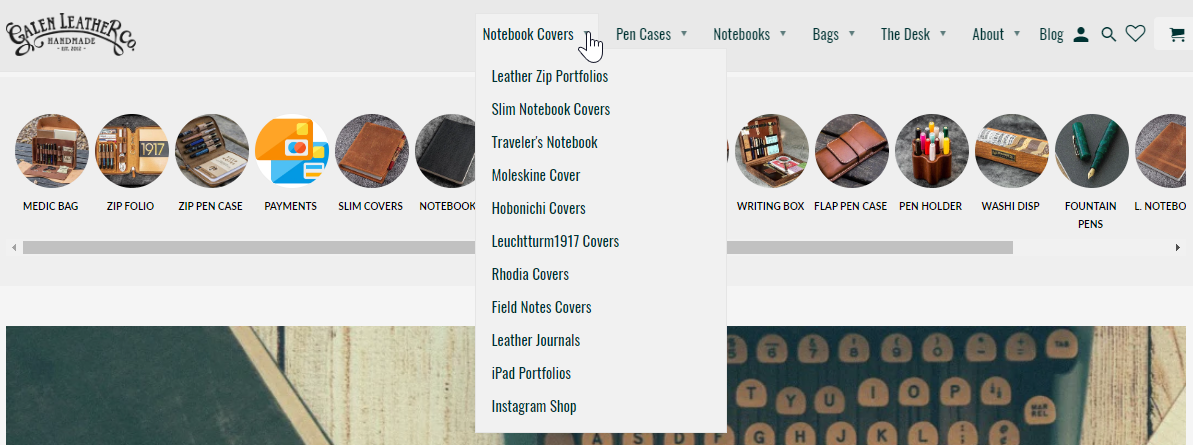
Screenshot from GalenLeather.com, August 2022
If your store utilizes faceted navigation, be aware that this can create SEO challenges of duplicate content, index bloat, and crawling issues.
In Shopify, faceted navigation allows people to filter a list of items by brand, color, size, price, and features.
In this situation, a careful evaluation and strategy are needed to manage your faceted navigation.
2. Exhibit Expertise And Authority In Your Niche
Does your Shopify store display Expertise, Authoritativeness, and Trustworthiness (E-A-T)?
It’s no secret that search engines value websites that display E-A-T characteristics. One way Shopify stores can achieve this is by niching down. When you do one thing well, it’s a clear signal to Google that you are the go-to brand or person in that space, and that it should direct users to you as such.
Squish Face is a great (and adorable) example of a store that has a super-focused niche and laser-focused content to display said expertise.
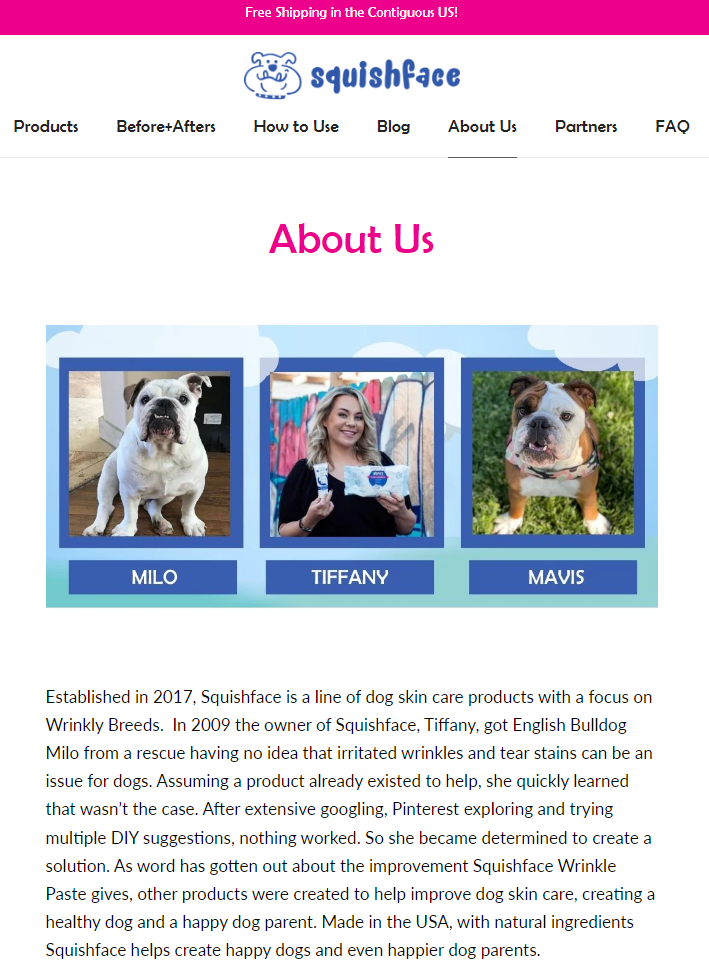
Screenshot from SquishFace.com, August 2022
While E-A-T is more complex than simply positioning yourself as an authority, this is just one example of how small brands can compete with large multi-national retail chains when they own their E-A-T strategy.
Read the Google E-A-T guide to learn more about creating content that Google wants.
3. Employ A Keyword-Rich URL Structure
Keyword research underpins SEO.
A targeted keyword strategy mapped from page to page will help you focus on serving the best content to match that search intent.
You should use these keywords and search intents to structure your on-page content and URL slugs.
Raw & Fresh uses short, sharp URLs to categorize its collection pages logically – sending a clear message to search engines about the nature of this collection. From a user’s point of view, you know exactly what to expect.
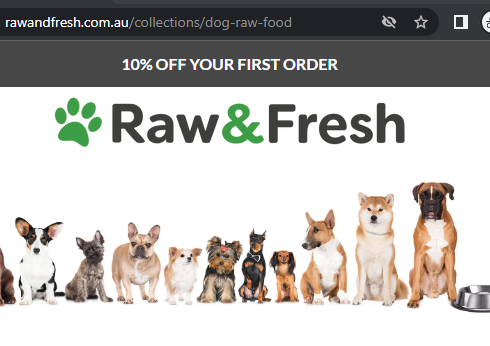
Screenshot from RawandFresh.com, August 2022
4. Use A Keyword-Targeted H1 Tag
It’s surprising how common it is for Shopify stores to get this simple SEO element wrong.
Common mistakes include wrapping the logo in the H1 tag, using duplicate or irrelevant content in the H1 tag, or forgetting it altogether.
Bara Sportswear uses the collection and page titles to define its H1 tags: the simplest and most consistent approach.

Screenshot from Google, August 2022
5. Optimize Images
SEO is so much more than simply words on a page. It also encompasses unseen image optimization elements, like image alt text and file names.
Even with improvements in AI technology being able to read and discern imagery, using descriptive and informative image file names and image alt text will help search engines and the end user find your content more easily.
Offroad Tents optimizes its written content and other media like videos, images, and reviews.
Optimizing other forms of media will help drive organic traffic through image search, YouTube search, and even reviews.
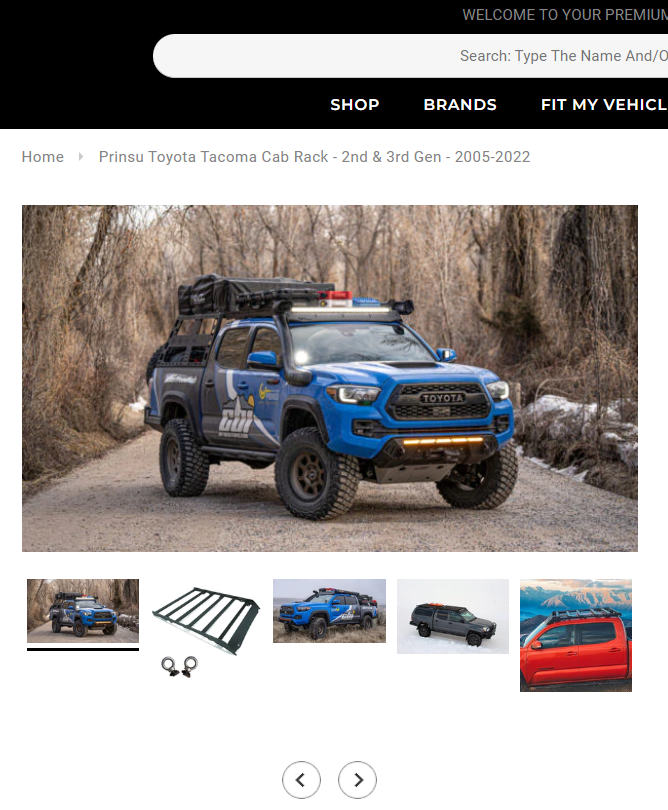
Screenshot from OffroadTents, August 2022
6. Utilize Internal Links
Internal links help crawl bots better understand the context of links and pass link value on to other pages in your store.
SEO best practices involve always using the canonical version of the URL when internally linking to that page – ensuring the correct version of the URL will receive SEO value generated from further links.
Shopify defaults to using the collection base of a product page, so this can be challenging for some stores to master.
Sans Drinks is one example of a Shopify store leveraging internal links between the collection, product, and blog pages while using the correct, canonical version of product pages. Consistent canonicalization instructs Google to index the correct version of the URL and pass on link authority to the preferred URL.
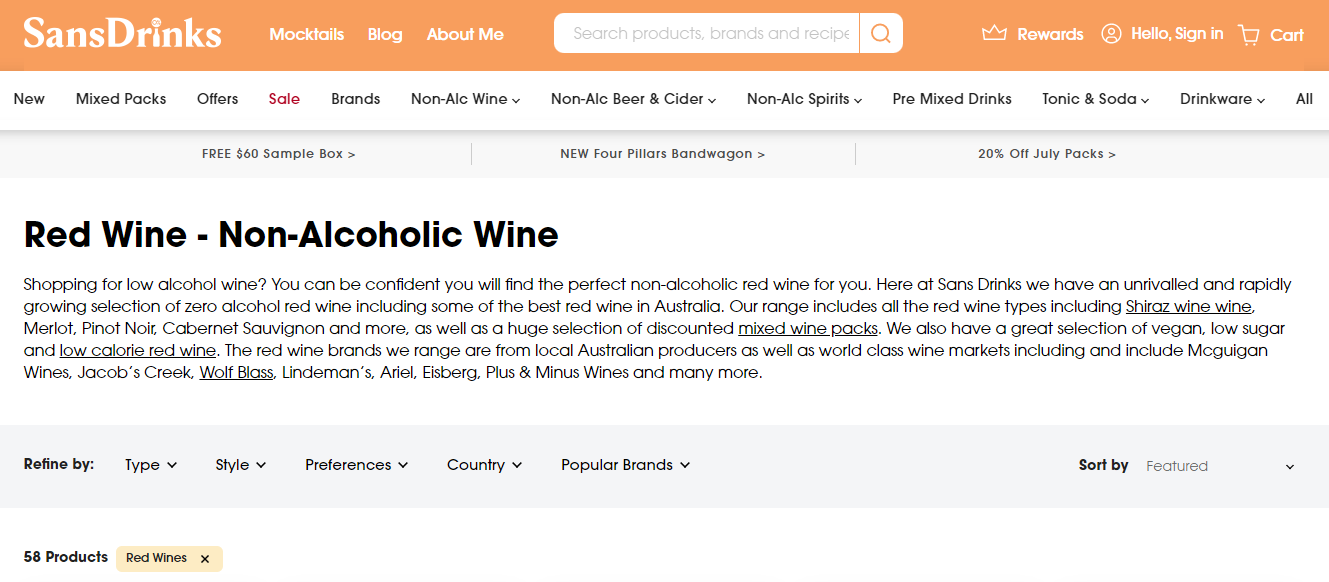
Screenshot from Sans Drinks, August 2022
7. Have A Clear Content Strategy
A Shopify store cannot succeed in the saturated online space without a clear content strategy.
No matter how many good links you build and how powerful your site is, it’s useless without a good content foundation. Rather than contributing to the noise, make your content stand out.
Imagine being able to attract over 50,000 organic users a day to your store through your blog content.
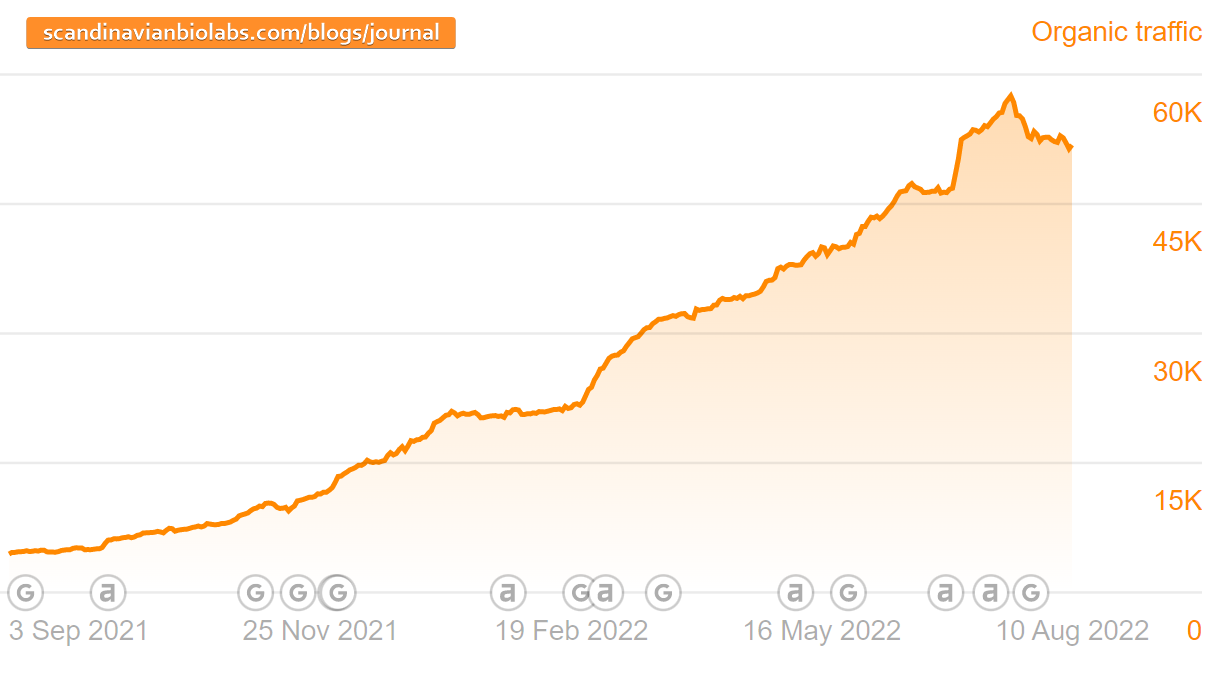 Screenshot from Ahrefs, August 2022
Screenshot from Ahrefs, August 2022That’s the reality for Shopify stores like Scandinavian Biolabs, which leverages blog content to consistently outrank heavy hitters like Healthline, Wikipedia, and Mayo Clinic.
 Screenshot from ScandinavianBiolabs.com, August 2022
Screenshot from ScandinavianBiolabs.com, August 2022
With appropriate optimization and a bit of ingenuity, it has also been able to capture featured snippets.
For a Shopify store, content is more than a blog. You need to optimize all your title tags, meta descriptions, and content areas seen on your store, just like collection and product descriptions.
8. Create Helpful Collection And Product Page Descriptions
Collection pages are the engines that power a Shopify store’s SEO campaign.
This often-overlooked SEO element can be the difference between ranking on the first page and not making the cut.
Create collection descriptions that incorporate keywords as simply and effectively as possible. Don’t dribble on, and avoid keyword stuffing.
Similarly, what is the point of having an amazing product page if no one sees it in the first place? Focus on creating content that ranks first, and work on refining for conversions once you generate the traffic and momentum to gather helpful data.
Blue Bungalow does a good job of utilizing collection pages to link to other relevant pages in its store. The company also summarizes the products customers can expect to find on that page.
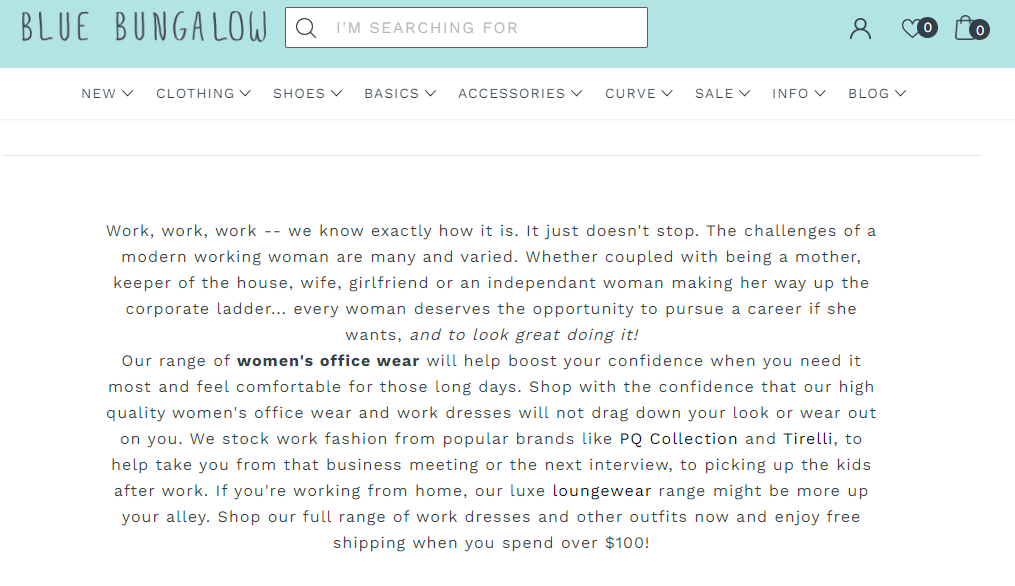
Screenshot from BlueBungalow.com.au, August 2022
9. Optimize Title And Meta Descriptions
Think of each page on your store as a marketing opportunity. Every page can pull in traffic and then drive sales.
Consider levers you can push to hook someone, such as free shipping offers, free returns, a celebrity endorsement, 5-star reviews, and special media appearances.
When High Fidelity’s Shopify store appears in search results, a well-optimized homepage title and meta description show. It’s eye-catching and speaks with authority.

Screenshot from HighFidelity.us, August 2022
While not all search engines will use your own custom title and meta descriptions, they are still important to customize, just in case.
10. Implement Schema Markup
Implementing complete schema markup is one of the most underrated aspects of an SEO-friendly Shopify store.
The most meaningful schema markup for a Shopify store includes:
- Breadcrumbs: This helps show the customer a clear navigation path when clicking from a collection page to a product page – and makes it easy for them to backtrack.
- Product Markup: This helps your SERP results shine brighter and attract more clicks.
- Review Markup: Who doesn’t want to showcase those five bright, shiny stars, and what customer can resist clicking on a search result other customers are raving about?
If you’re uncomfortable installing schema markup yourself, one of the best out-of-the-box apps is JSON-LD for SEO.
Herb Cottage displays clear and concise breadcrumb markup to help with user navigation and to create valuable internal links for crawl bot indexing. Its five-star product review markup displayed in the search engine results is also worth bragging about.

Screenshot from Google, August 2022
11. Customize Language Translations And Optimize Hreflang Tags
If you run multiple Shopify accounts targeting different languages and geo-regions, having the correct hreflang tags is crucial. Incorrectly implemented hreflang tags could be sabotaging your international SEO.
Hreflang tags are important for international SEO, as they tell Google which is the correct version of the website to show based on the user’s language and/or location.
By default, Shopify does not manage hreflang tags across multi-domain stores without custom development or the assistance of an app like the Hreflang Tag Manager App.
Here’s a great example of what correctly implemented hreflang tags look like from Curvy.com.au.

Screenshot from Curvy.com.au, August 2022
12. Fast Page Load Time
A fast-loading Shopify store isn’t going to impact your SEO as significantly as many other SEO elements mentioned here.
It’s important to note, though, that the time it takes for a page to load can be the difference between making the sale or having a customer click away.
You can get a clear understanding of improvement areas by using tools like Google’s Core Web Vitals, GT Metrix, and Page Speed Insights. There are many ways to diagnose and optimize page speed.
One Shopify store that has lightning-fast page speed is Sonoran Spice. It certainly makes browsing its store a breeze.
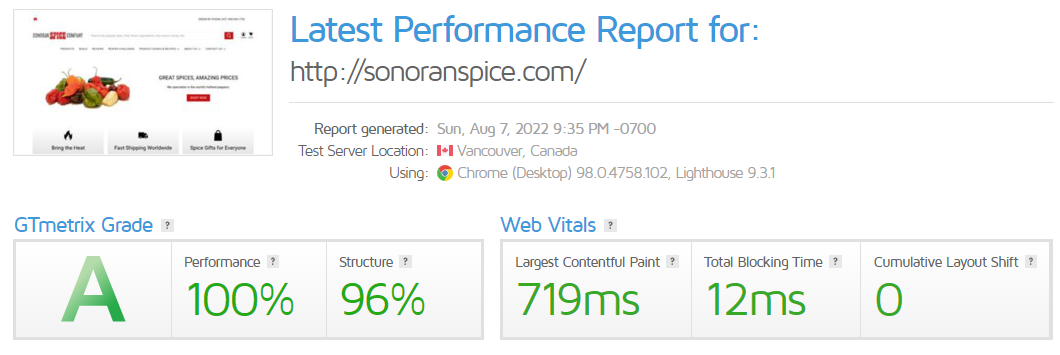
Screenshot from GTmetrix.com, August 2022
A fast-loading Shopify store can have flow-on effects on other SEO areas, helping reduce bounce rates and improve conversions.
13. Design For Mobile
Clunky, non-responsive web design can be the death of sales. Shopify supports responsive themes, and it’s easy to find a theme designed to display seamlessly on a whole range of devices.
A mobile-friendly Shopify store is essential, and it’s important to avoid common mobile-first indexing problems.
Any content you want indexed needs to show on the mobile version of your website. If you’re serving different versions of your site to customers based on their medium, then you’re potentially sabotaging your SEO.
For some stores, this may pose a challenge if you’re trying to appease crawl-bots rather than the user with lengthy, keyword-stuffed collections and product descriptions.
Petal and Pup is one store that gets to the point and does this well.
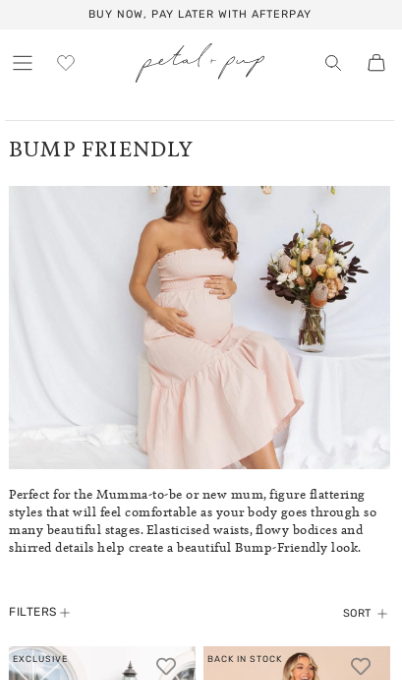
Screenshot from PetalandPup.com.au, August 2022
It serves a slick, responsive design to mobile users and includes necessary SEO content on page, without compromising usability.
14. Customer Reviews
Online reviews impact 93% of purchasing decisions.
Consumers rely on their peers for input when buying products online. And as Google trusts users’ actions, searchers who visit your website, read your customer reviews, and then make a purchase send a strong signal to search engines that communicates your website’s trustworthiness and authority.
Word-of-mouth marketing builds trust, educates other customers, elevates your reputation, and gets people interested, which can have flow-on effects for SEO in indirect ways, too.
The more people are talking about your store, the more likely it is that other bloggers and websites will talk about it through product mentions, in-depth reviews, and backlinks.
Customers can provide the most personalized and persuasive content through case studies, testimonials, and reviews. Highlighting these glowing reports on your Shopify store is an excellent way to close a sale.
That’s been the case for Life Boost Coffee, which proudly (and rightly so) displays its many positive customer reviews on its product pages using the Judge.me app.
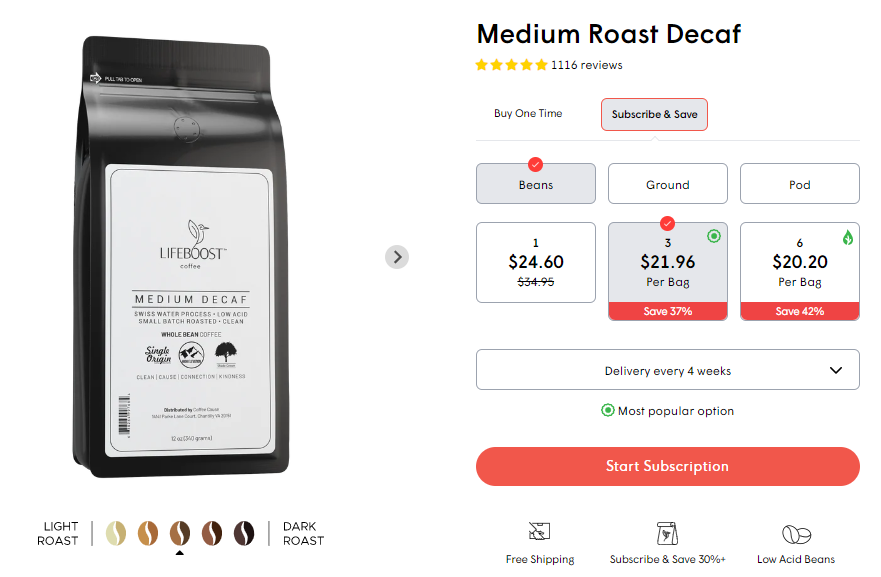
Screenshot from LifeBoostCoffee.com, August 2022
It’s one thing to be told to implement SEO for your Shopify store, but another thing entirely to be shown clear examples of what this looks like in action.
Now, it’s time to reflect on your own Shopify store’s SEO strategy and implement these recommendations.
More resources:
- 10 Shopify Store Examples To Inspire Your Ecommerce Strategy
- The Only Shopify SEO Checklist You Need To Rank Your Site
- Ecommerce Marketing: The Definitive Guide
Featured Image: Kaspars Grinvalds/Shutterstock





